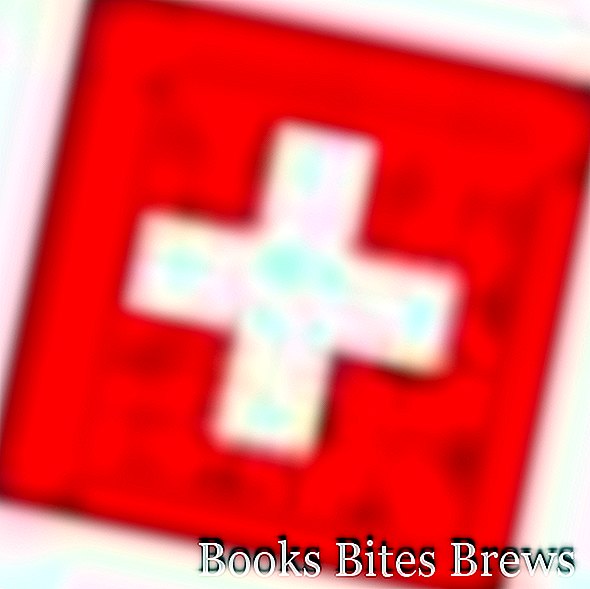Useful information about Switzerland, including everything you need to know before leaving for a trip or vacation in this state of Europe with the capital Bern.
Switzerland in a nutshell
- Capital: Bern
- Area in sq km: 41,293
- Population: 7.400.000 (first semester 2001)
- Religion: Catholic and Protestant
Where is it
Switzerland borders Germany to the north, Austria, Liechtenstein and Italy to the east, Italy to the south, France to the west. The Swiss territory is mainly mountainous and can be divided into three regions: the Plateau, the Jura and the Alps. The plateau is an area with an average altitude of 580 m., With a high population density, which extends between Lake Geneva in the south west and Lake Constance in the north east.
Most of the country's economic activities are concentrated in this area where meadows and cultivated fields alternate with urban centers. The Jura, a series of limestone mountain ranges, extends north-west between Lake Geneva and the Rhine. This region gave its name to the Jurassic geological period. There were numerous dinosaur footprints and fossils found. To the south, the Swiss Alps cover a large area of the territory.
The Rhone course divides the Alps into northern (Bernese Alps, Glarus Alps, Uri Alps) and southern (Pennine Alps, Lepontine Alps, Rhaetian Alps). In addition to the Rhone, the rivers: Reno, Ticino, Rheuss and Aare also run through these mountains, splendid valleys that cross in the San Gottardo pass, an extraordinary orographic and hydrographic meeting point.
Hydrography
The rivers of Switzerland flow to the North Sea via the Rhine which together with its tributaries forms a vast hydrographic network, (it also collects the waters of the rivers Aare, Emme, Reuss). Other important rivers in Switzerland are: the Rhone which flows into the Mediterranean Sea, the Inn, a tributary of the Danube, Ticino, a tributary of the Po. There are numerous lakes, the largest are: Lake Geneva, Lake Constance, Lake Neuchatel, Lake Maggiore, Lake Lucerne, Lake Zurich, Lake Lugano, Lake Thun, Lake Biel.
Climate
Switzerland's climate is very varied, and is influenced by the orographic situation of the area and the presence of numerous lakes. The climate varies not only for the latitude but also for the arrangement of the mountain ranges and for the proximity of the lakes. In the plateau area, in the plains and hills, the climate is temperate. In particular Lugano, unlike the other parts of the country, thanks to the presence of the homonymous lake, enjoys a mild climate. In the Alps the climate is cold and humid, although the Southern Alps being sunnier have a warmer climate than the northern ones. The territory of Switzerland is characterized by the action of two winds: the Bise, a dry and cold continental wind blowing towards Switzerland from the north-east, with particular intensity in the Geneva region; the Foehn, hot and dry, blowing towards Switzerland from the south, causing sudden rises in temperature.
Population
The population of Switzerland has a fairly high average density; it is mainly concentrated in the plateau (Mittelland) and in the pre-Alpine areas, it is mainly made up of four cultural and linguistic groups: German, French, Italian and Rhaeto-Romanesque. In Switzerland there are many Italian immigrants.
Time zone
In Switzerland, the time is the same as in Italy.
Spoken language
The official languages in Switzerland are: German, French, Italian and Romansh (neo-Latin language) spoken by a minority in the canton of Grisons where it is the official language.
Economy
Switzerland; a country with a thriving economy and a high standard of living is one of the major international financial centers. The prosperity of the Swiss economy is mainly due to the excellent development of the banking, financial, tourism and trade sectors. Another important sector is the specialized industry (chemical-pharmaceutical and precision mechanics). Of particular note is the breeding of cattle that feeds the dairy industry with the production of milk and cheese.
When to go
To visit Switzerland it is recommended any month of the year, of course for those who love winter sports the right period is from December to April.
Recommended readings- Bern (Switzerland): what to see in the capital
- Gorges of the Aare: the power of water between Meiringen and Innertkirchen
- Lucerne (Switzerland): what to see
- Geneva (Switzerland): what to see in 1 day
- Lake Lucerne: tour of the villages of Lake Lucerne
Necessary documents
Upon entry into Switzerland, Italian citizens must have an identity card valid for expatriation or a passport.
Phone
- To call from Italy to Switzerland the international telephone code is: 0041 followed by the local code without the 0 and the desired number.
- To call from Switzerland to Italy the international prefix is: 0039
Electricity
The voltage of the electrical network is 220 volts
Currency
The official currency of Switzerland is the Swiss Franc. All major credit cards are accepted, and ATM withdrawals are possible.
How to get
By car, by bus and by train: from Italy, it is easy to enter Switzerland, there are many connecting points between the two countries.
By air
The Swiss airlines of the Lufthansa Group, Alitalia, Helvetic, easyJet operate flights between Italy and Switzerland.




